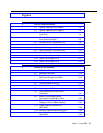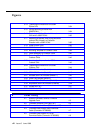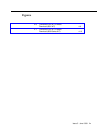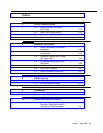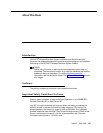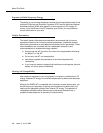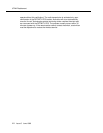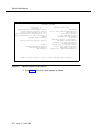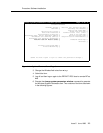
About This Book
xiv Issue 5 June 1999
Exposure to Radio Frequency Energy
The design of your wireless telephone complies with the latest safety levels of the
Institute of Electrical and Electronic Engineers (IEEE) and the American National
Standards Institute (ANSI) with respect to human exposure to RF energy. Of
course, if you would like to limit RF exposure even further, you may choose to
control the duration of your calls.
Cardiac Pacemakers
The Health Industry Manufacturers Association recommends that a minimum
separation distance of six inches be maintained between a handheld wireless
phone and a pacemaker to avoid potential interference with a pacemaker. These
recommendations are consistent with the independent research by and
recommendations of wireless technology research.
■
Always
keep the WT more than six inches from the pacemaker whenever
the battery is in the WT.
■ Do not carry the WT in a breast pocket.
■ Use the ear opposite the pacemaker to minimize the potential for
interference.
■ If you have any reason to suspect that interference is taking place, take the
battery out of your phone immediately.
Hearing Aid Compatibility
Most electronic equipment, such as equipment in hospitals, is shielded from RF
energy. However, RF energy from wireless telephones may affect some electronic
equipment.
Although the DWBS WT is compatible with inductively coupled hearing aids, you
should consult your physician or hearing aid manufacturer to determine if your
hearing aid is adequately shielded from external RF energy. The operation of
inadequately shielded medical devices may be adversely affected when a
portable wireless telephone is operating in close proximity.




